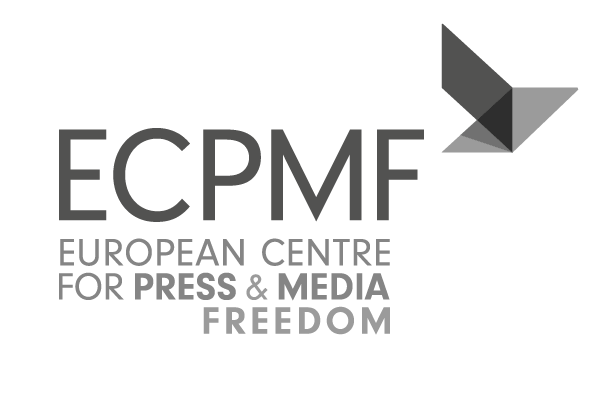What is Mapping Media Freedom?
Mapping Media Freedom documents press and media freedom violations across Europe. The documented incidents are publicly accessible and can be explored, filtered, and searched through the interactive Alert Explorer.
Quantitative and qualitative analysis providing deeper insights and statistics about the press freedom situation in Europe is published through regular monitoring reports and fact sheets.
Additionally, insights and statistics (such as types of attacks, types of aggressors, or places attacks happened) can be retrieved through downloadable data visualisations directly through the Alert Explorer’s charts feature for any individual filtering.
Special Topic Pages show alerts documented on Mapping Media Freedom already pre-filtered for an individual topic of interest, such as online harassment, attacks during protests, or COVID-19 related media freedom violations.
The monitoring is performed systematically and relies on diverse and complementary sources, including established networks across countries, encouraging individuals to report directly through ReportIt and through the use of the News & Tweets Observer, an innovative tool based on Artificial Intelligence detecting reported press freedom violations in news articles and Tweets. Before being published as an alert on our platform, each incident is verified by our experts.
Mapping Media Freedom is managed by the European Centre for Press and Media Freedom (ECPMF) and part of the Media Freedom Rapid Response (MFRR), a Europe-wide mechanism, which tracks, monitors, and reacts to violations of press and media freedom in EU Member States and Candidate Countries. MFRR provides legal support, public advocacy, and information to protect journalists and media workers.
More information on support can be found through the support pages of MFRR and ECPMF.




